PsychNewsDaily Publishers
100 Summit Drive
Burlington, MA, 01803
Telephone: (320) 349-2484
PsychNewsDaily Publishers
100 Summit Drive
Burlington, MA, 01803
Telephone: (320) 349-2484
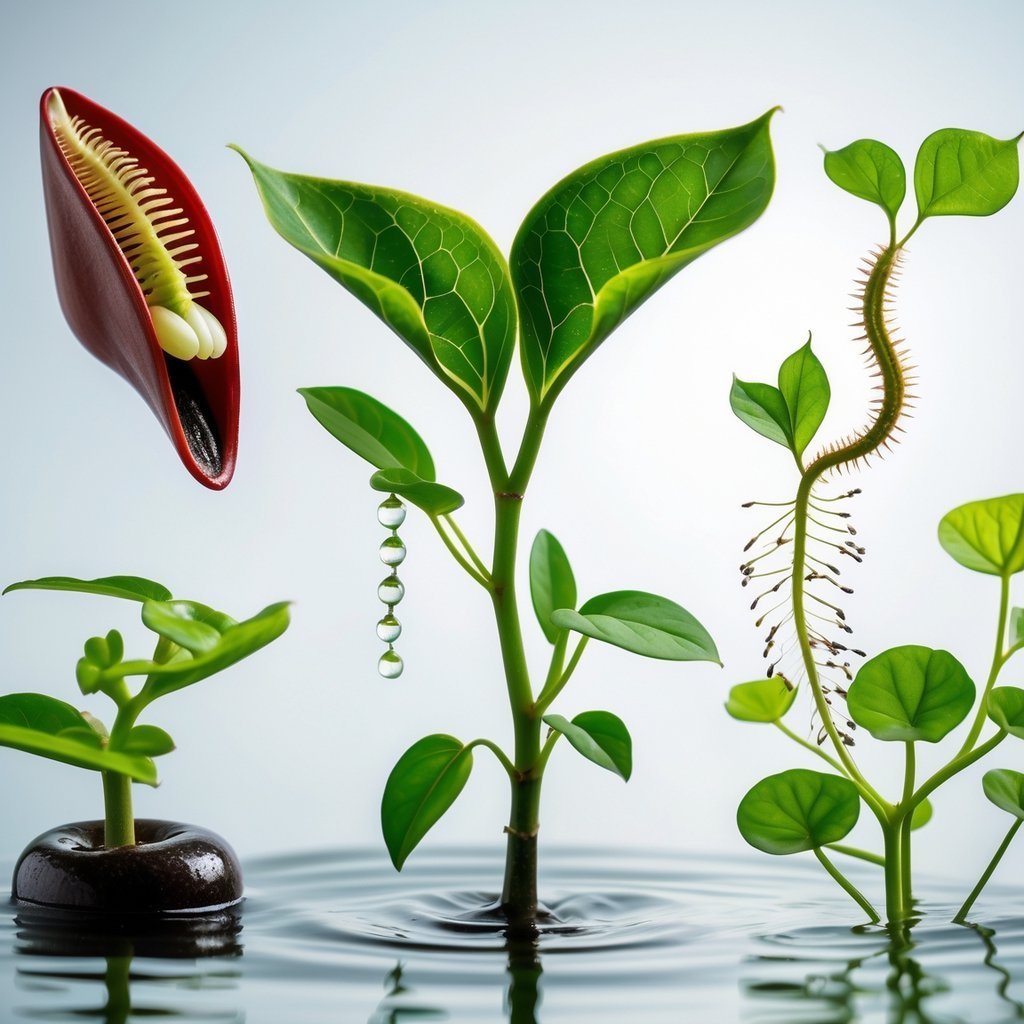
You probably imagine plants just standing around, right? Not always. Some plants can actually move on their own, though not quite like animals do. They’ve got some pretty wild ways to shift, react, or even hunt for food.
These movements help them survive and adapt to whatever’s happening around them.
Learning about these moving plants might just change how you look at the world—or even your own backyard. Their weird little behaviors can be surprisingly fun to watch, and honestly, they make plants seem way more alive than you’d guess.
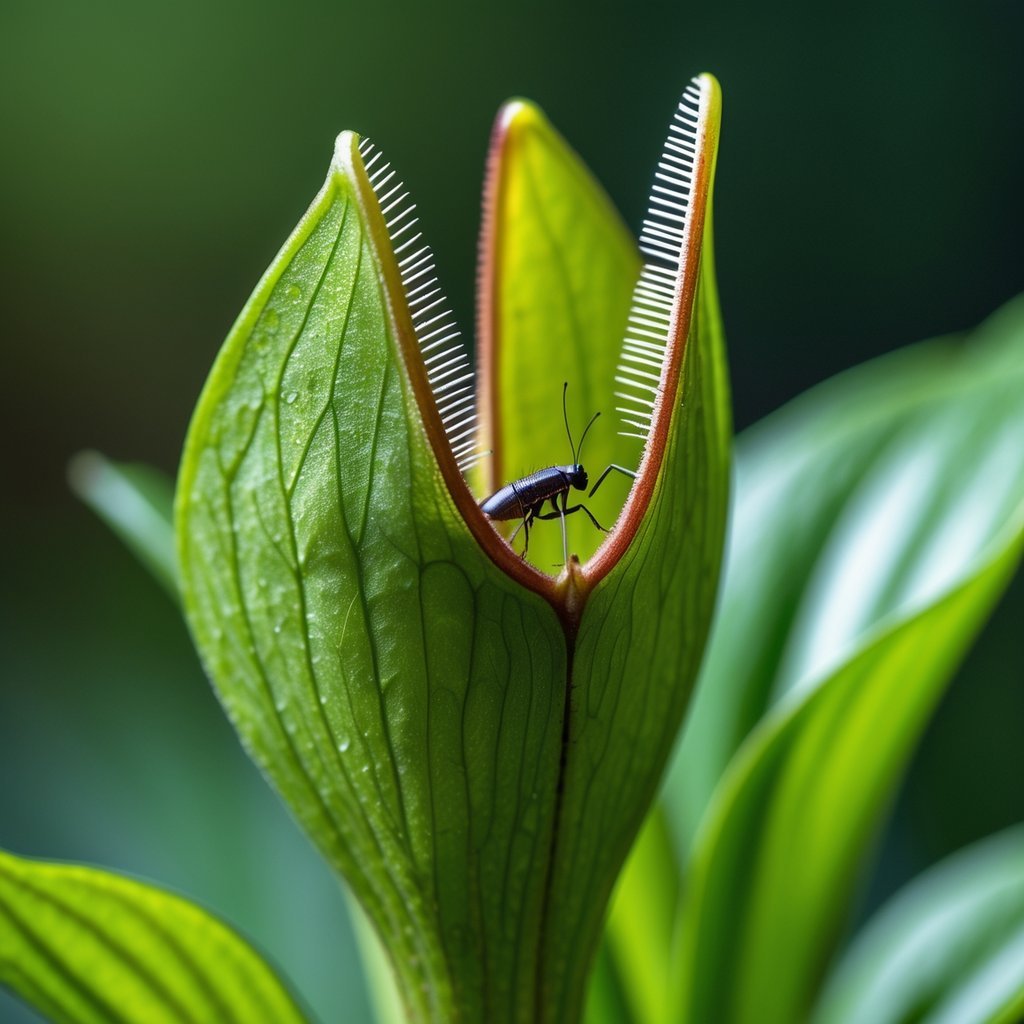
The Venus flytrap is honestly one of the coolest plants out there. It moves to catch its food, which is just wild. Its leaves look like tiny green jaws, and when something touches the little hairs inside twice, those jaws snap shut.
The plant traps insects and spiders this way. Special cells seal the prey inside, and then the flytrap releases enzymes to break it all down for nutrients.
The trap only closes a handful of times before it stops working, so the plant doesn’t waste energy. Watching it catch a bug feels like seeing a tiny, leafy predator in action.
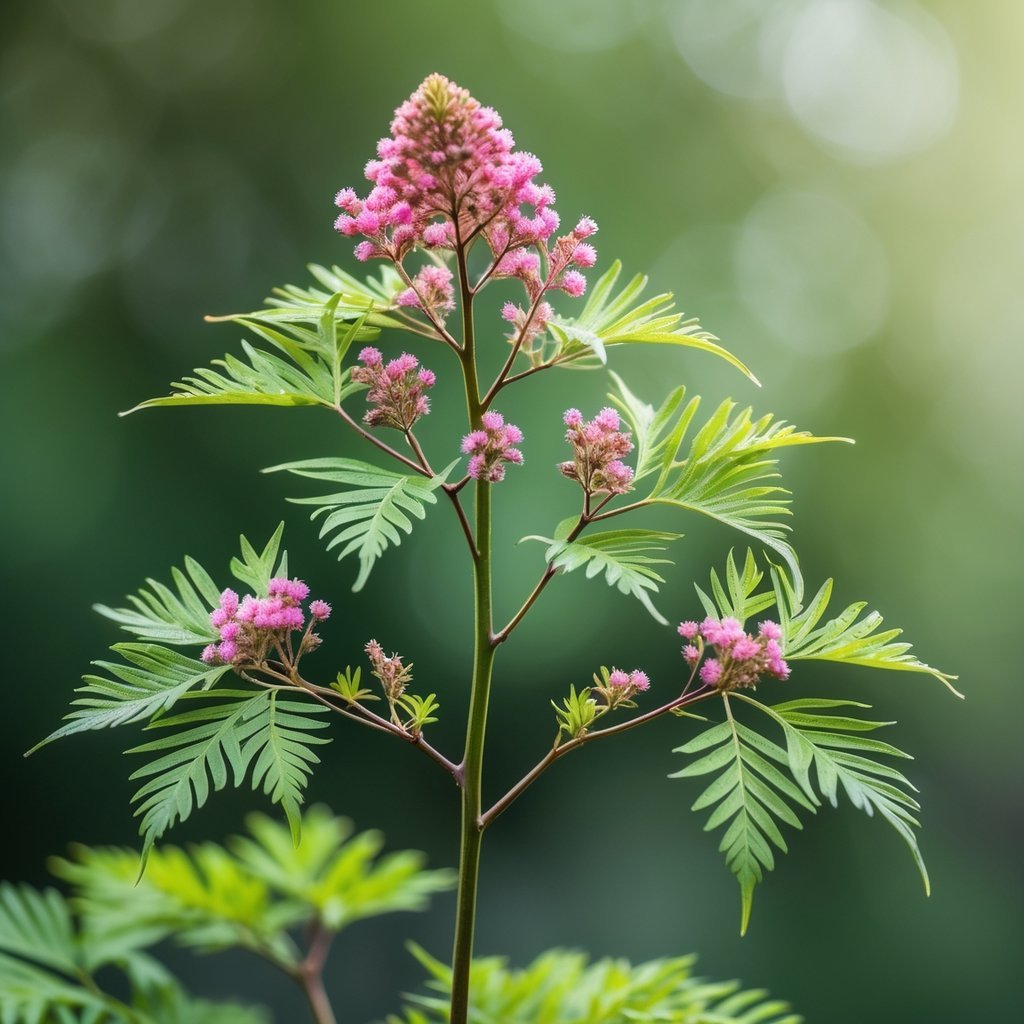
The Mimosa pudica, or sensitive plant, actually moves its leaves when you touch them. It’s kind of amazing. As soon as you brush a leaf, it folds up and droops, almost like it’s hiding.
This reaction happens because the plant senses pressure. Its leaf cells lose ions, water moves out, and the leaves fold inward.
The Mimosa probably does this to protect itself. Folding up might scare off animals or bugs looking for a snack.
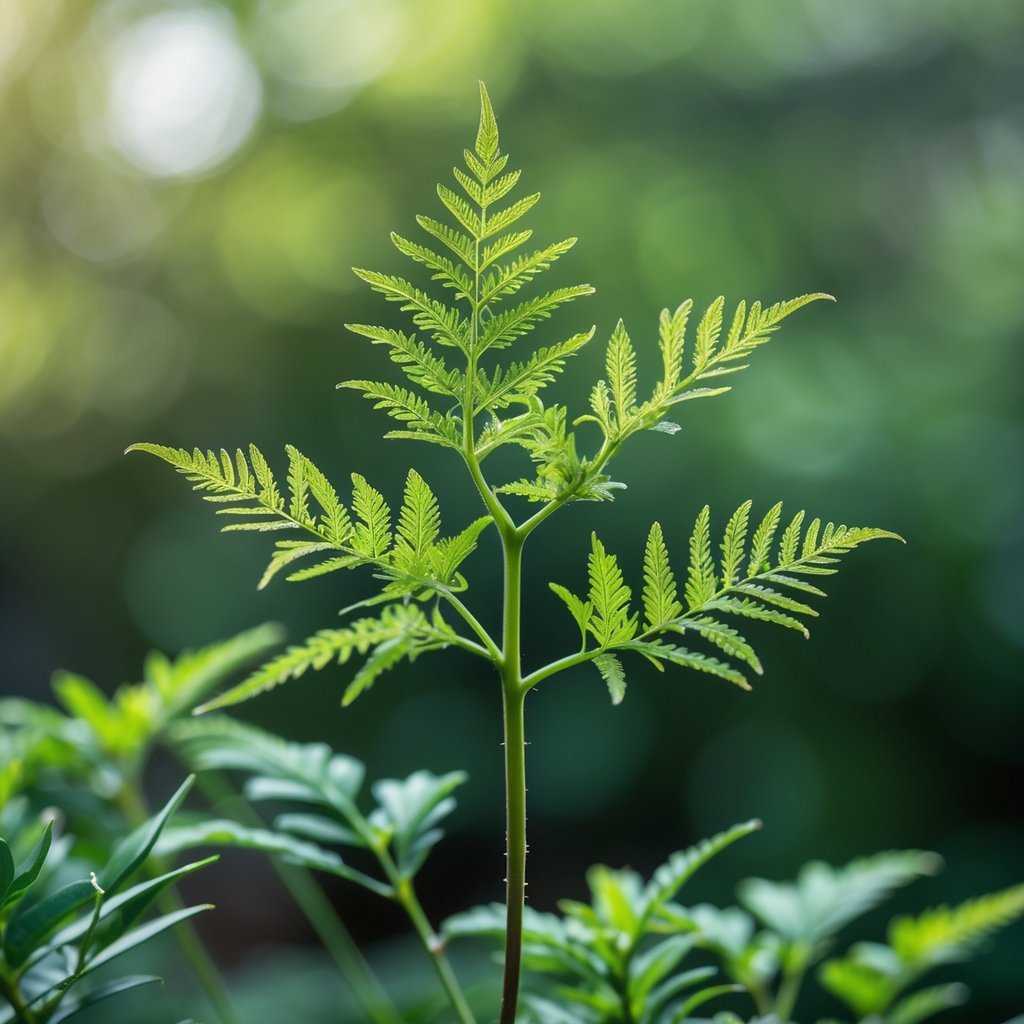
You might spot the Sensitive Plant—again, that’s Mimosa pudica—because it reacts fast when you touch it. Just a gentle brush and the leaves snap shut.
This move helps protect the plant by making it look smaller or less tasty. Tiny cells lose water in a flash, and the leaf closes up.
If you grow one at home, it’s genuinely fun to watch. Just make sure it gets enough sunlight and water so it can keep showing off.
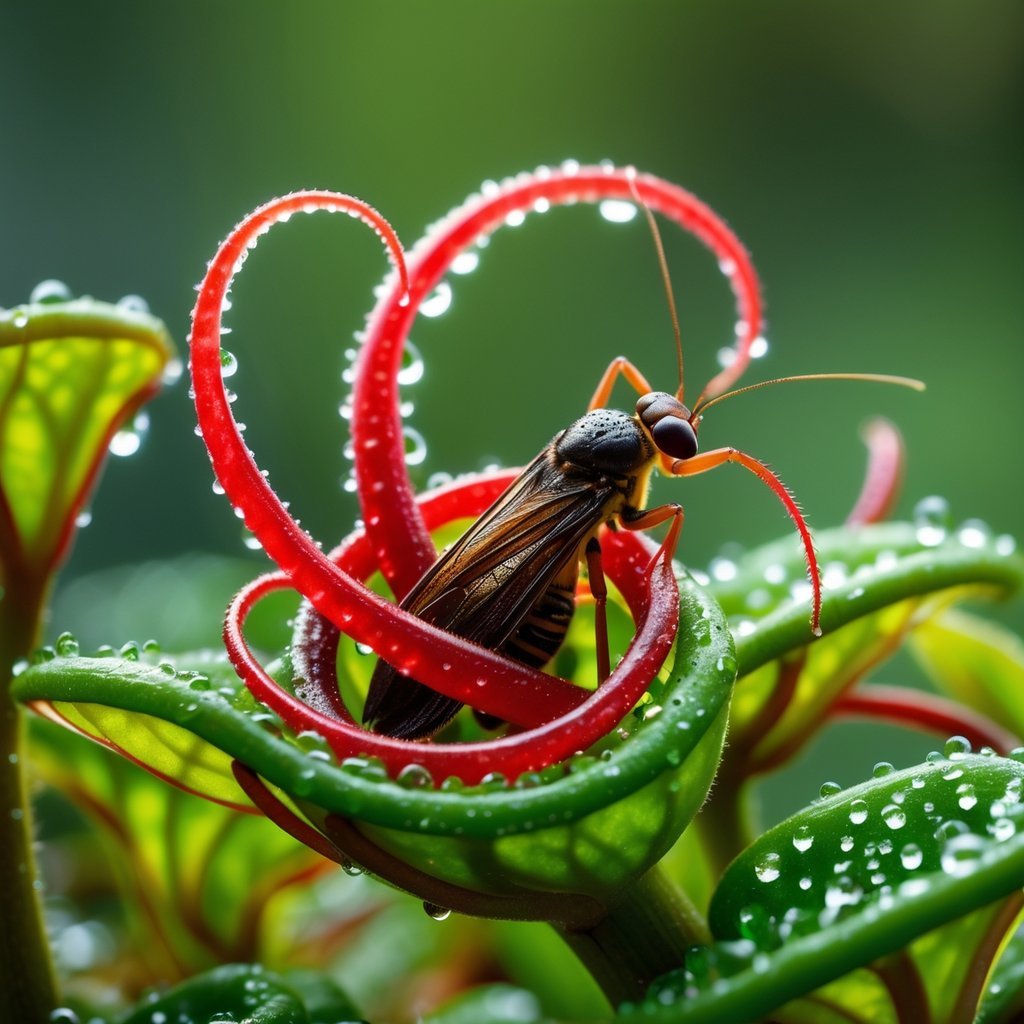
When a bug lands on a sundew’s leaf, you’ll see those weird little hairs that look like tentacles. Sticky drops on the hairs trap the insect, so escape isn’t really an option.
Once the bug is stuck, the leaf slowly curls around it. That helps the sundew hold on tight. Then, the plant releases enzymes to break down the insect and soak up the nutrients.
It’s kind of wild that sundews can move without muscles. They just shift water pressure inside their cells to curl up. This trick helps them survive in places where the soil doesn’t have much to offer.
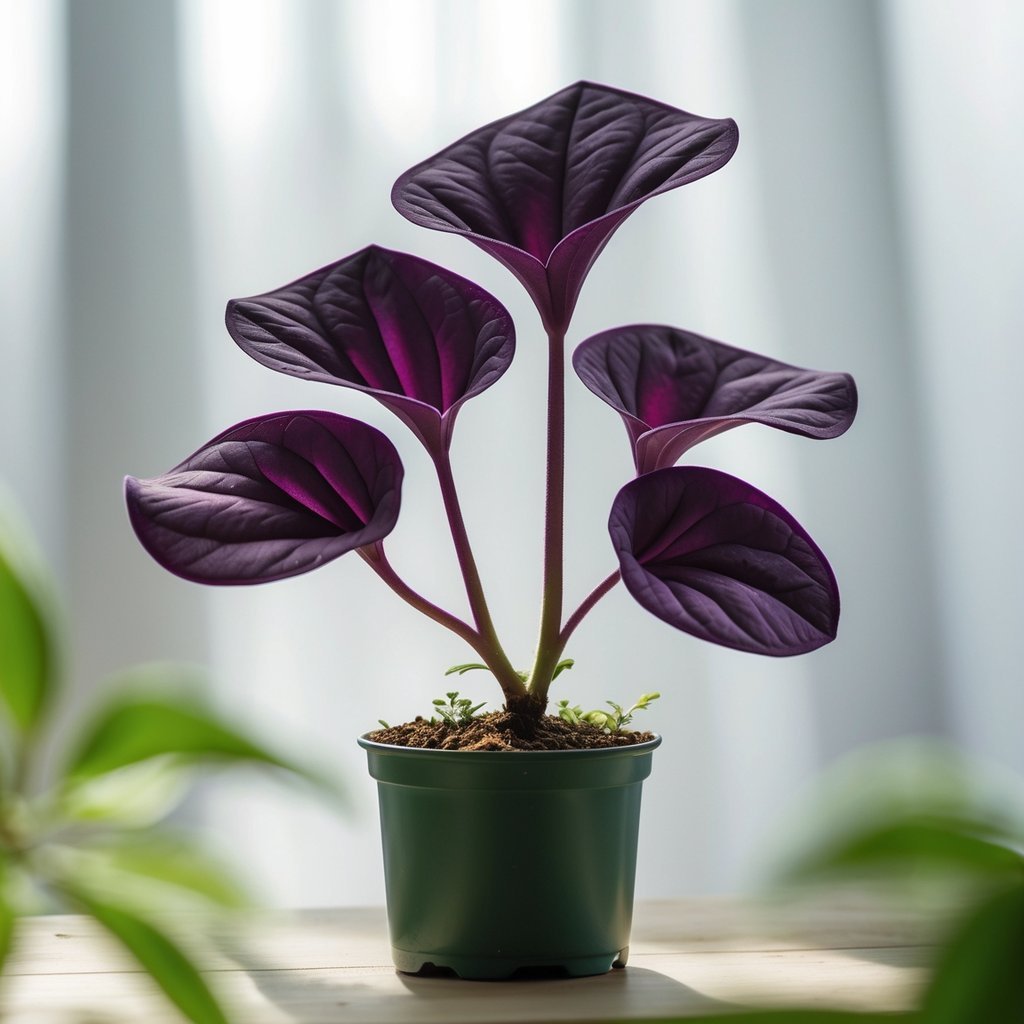
If you’ve ever watched an Oxalis Triangularis, you’ll notice its leaves opening and closing depending on the light.
During the day, those bright purple leaves just spread out wide, almost like they’re stretching.
But as soon as night falls or the light gets low, the leaves fold down gently, as if the plant’s tucking itself in.
The plant actually responds to changes in light through a process called nyctinasty.
It’s kind of like it wakes up in the morning and nods off at night—how cool is that?
If you take a minute at sunrise or sunset, you might catch the leaves slowly shifting position.
The deep purple color comes from pigments that really pop in good light.
Honestly, your Oxalis Triangularis will put on this little show every day.
It’s a simple, beautiful way the plant interacts with the world around it.